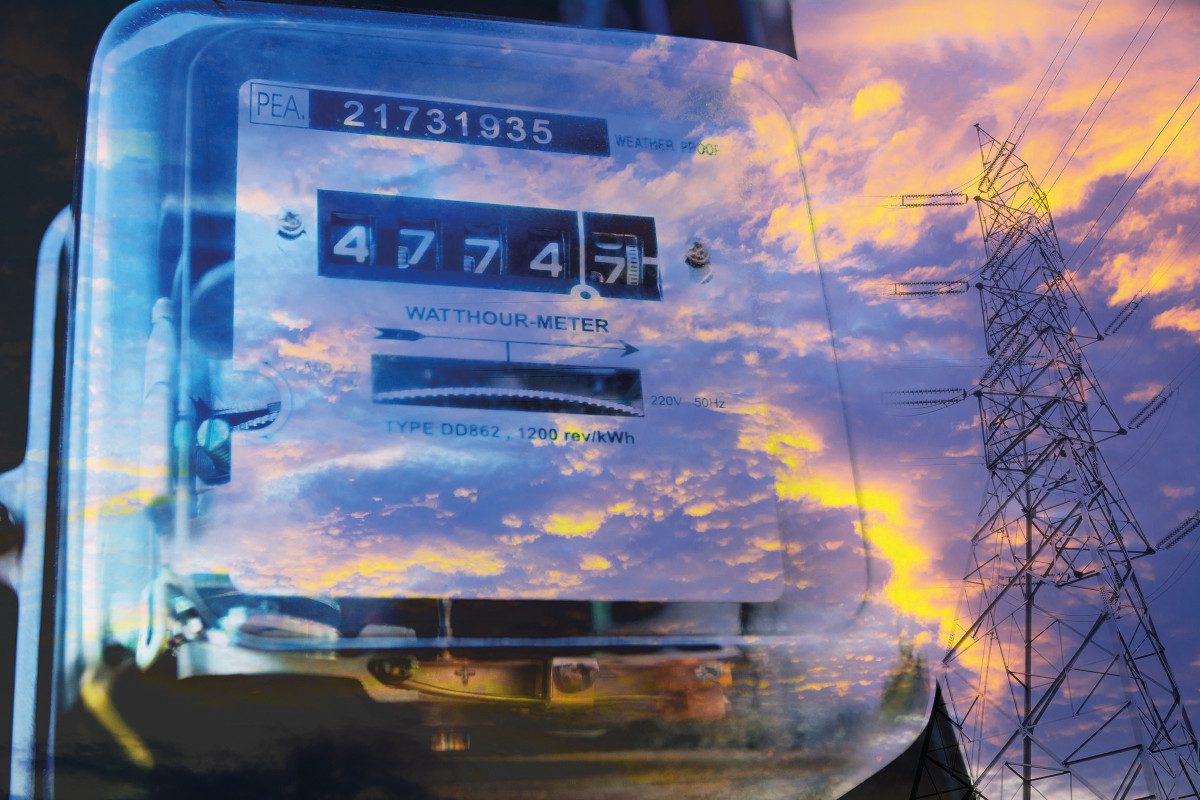
A 500% increase in data traffic from smart meters is predicted over the next four years, according to the Data Communications Company (DCC), the organisation which built and maintains the UK’s smart metering network.
The DCC has also published its 5-year look into the future, with the release of its 2022 Business and Development Plan. In its roadmap document, the DCC highlights the past year of progress and sets out with forecasts how it plans to improve its services while working to reduce costs.
The more meters connected to the national network, the more data it carries: over the past financial year, the network grew by 8.5 million meters. Currently there are more than 21 million meters connected. The network’s fast growth is compounded by new changes that will increase the number of meter readings being sent, so data volumes are set to increase significantly.
Increasing the messages sent allows the grid to see energy usage sooner and in more granularity. This deeper data will accelerate Britain’s moves to replace carbon-producing energy generation with green alternatives.
DCC CEO Angus Flett said: “The DCC network now relays in a single day the amount of data it was carrying in a whole month two years ago. That’s a great thing for Britain, which needs this data for the insights we require to transition away from fossil fuels.
“We’ve now surpassed 1 billion messages sent across our network in a month. We expect a further 500% increase in traffic over the next few years, as the network more than doubles in size, accommodating extra demand like half-hourly meter readings.
“The DCC network was designed for these traffic increases, and our five-year roadmap shows how we’ll be working with our customers and service providers to ensure we’re ready for this high energy data future. Our mission is to make Britain more connected, so we can all lead smarter, greener lives.”
To accommodate the growth in network traffic the DCC is building new hardware and software solutions. These include centralised data caching, enhanced traffic prioritisation, optimising read scheduling and the wide deployment of compression.
About smart meter data
Volumes – At the beginning of the 2021-22 financial year, 427 million messages were being sent securely every month, and by the end of the year that had doubled to 870 million a month. The total is more than 7.6 billion messages just this past year.
Inside the data – The bulk of this data is meter readings. Data being sent over the network also includes changes of supplier requests, firmware updates, prepayment credit top-ups, and tariff updates. These messages vary in size between tens of bytes to around a megabyte.
Growth and half-hourly readings – Currently many meters package up meter reading data and send it once a day. Increasingly, meters are providing these readings more frequently so the grid can take advantage of these insights sooner. In future every meter will have the capability to send these readings on a half-hourly basis if required, dubbed Market-wide Half-Hourly Settlement (MHHS). These more frequent readings are giving consumers access to new smart tariffs, which have been shown to provide savings if used in conjunction with other smart technologies, such as smart heating or EV charging.
Using data for good – This data is already being used by our customers, the suppliers and network operators, to help balance the network and make best use of renewables. It takes the guesswork out of deploying energy storage or renewable generation. It is also helping find areas where residents need the most help to make their home more energy efficient. We also see energy suppliers providing new tariffs that would only work with smart meters — for example, allowing people to buy locally generated wind energy at a discount. See the report on using data for national good.






